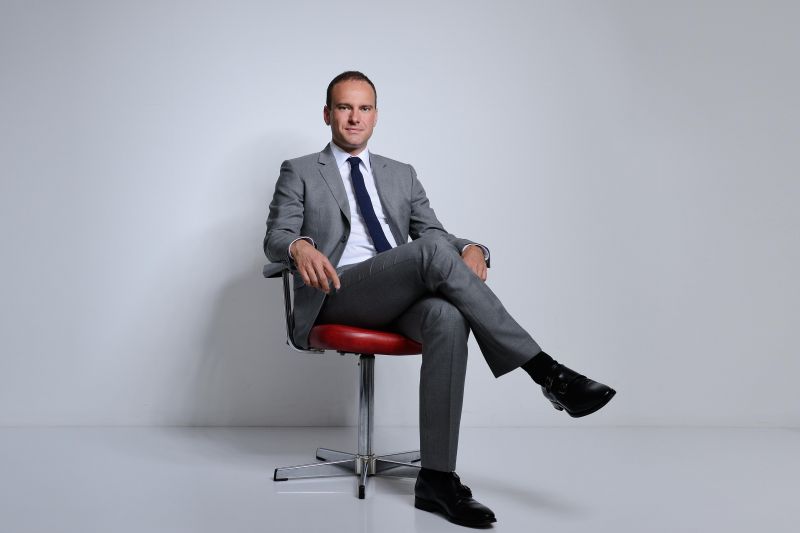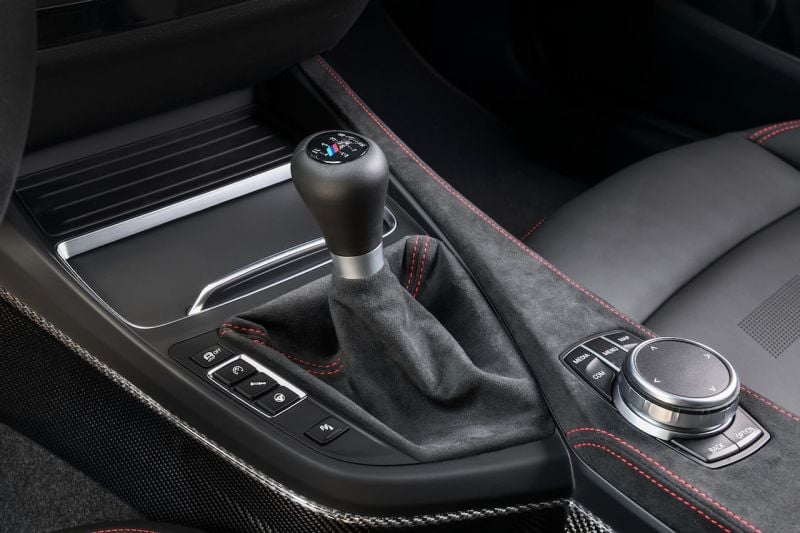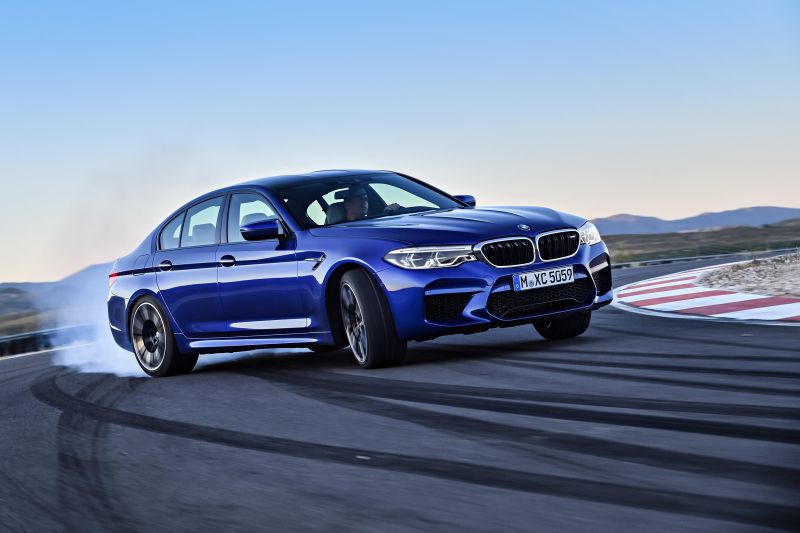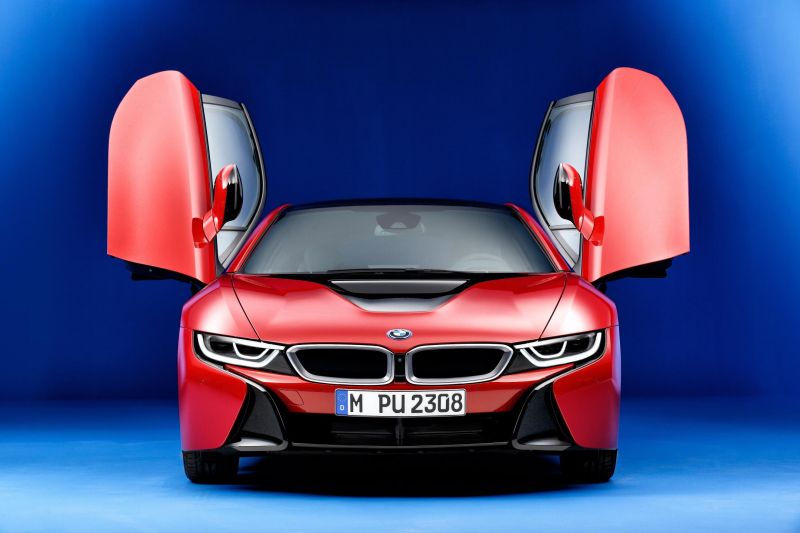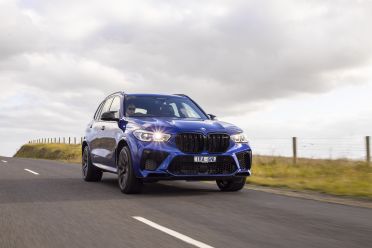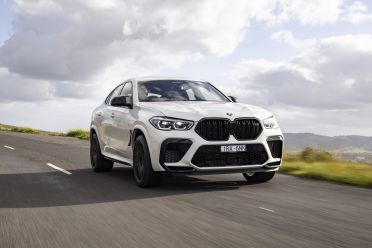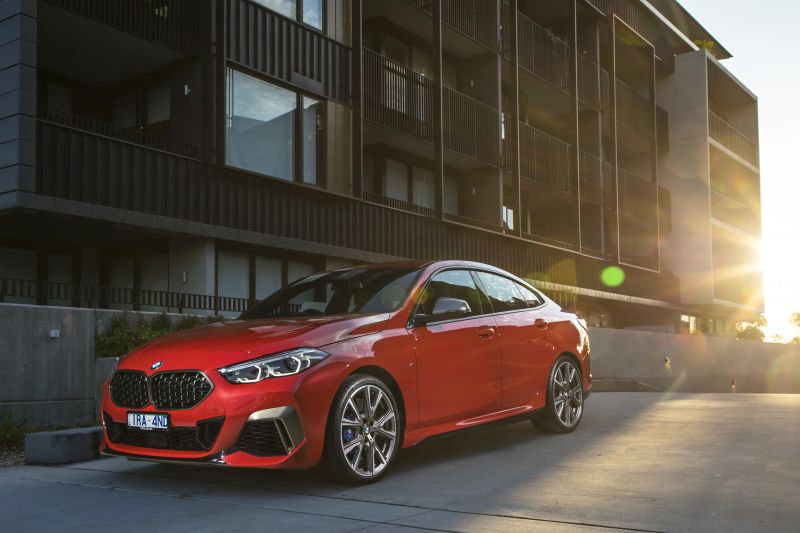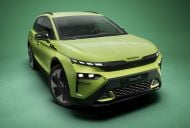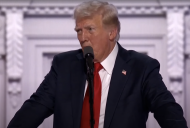Markus Flasch has the keys to one of the best-known names in motoring.
Born in 1981, Flasch has been at the helm of BMW M GmbH since October 2018, when he succeeded Frank van Meel in the role.
He worked at Magna International before joining BMW with “overall concept responsibility for quality for Rolls-Royce product line, BMW luxury class” in 2015, then in 2017 took charge of development for the new 8 Series.
BMW M is in the middle of a massive product onslaught. It recently launched the X5 and X6 M, and is getting ready to whip the covers off the new M3 and M4.
There’s a fresh flagship coupe in the form of the M8, and a new rear-wheel drive M2 is in the works. To say Flasch is a busy man would be an understatement.
Unfortunately, we weren’t able to collar Flasch for a proper question and answer session. Don’t worry, we’re still working on it. For now, here’s his thoughts on some of the burning questions for enthusiasts.
CarExpert: BMW M is still developing manual transmissions where its rivals have stopped. What role does the manual play for M, given demand is dwindling?
Markus Flasch: For the current M2 but also for the next generation of M3/M4, a manual transmission is an option for our customers.
We definitely see a demand for that type of transmission, especially in the US which is our most important market for BMW M. But also in Europe there is a significant number of customers who explicitly seek a sports car with a stick shift.
We listen carefully to our customers and want to fulfil their needs when it comes to our products.
CE: How much power is too much power? Is there a limit, or with all-wheel drive will we see the numbers keep rising?
MF: Well, our credo at BMW M is that the respective successor of a model has to outperform its predecessor. This also holds true for example for the next generation M3 and M4. The current M3/M4 line-up has been enormously successful and dominated various comparison tests throughout its lifecycle.
It hasn’t been easy to raise the bar again, but we are very confident that the next generation will be even more successful than the current one.
What does this means in terms of power output? Personally I don’t see a limit because new technology will set the path for the next level of power.
But – and this is crucial – power has to be controlled. It’s not only about longitudinal power because this is pretty easy to achieve. It’s more about how the whole system including the engine, transmission and chassis works together.
CE: The industry is moving towards electrification rapidly. How do you see it fitting into the M brand?
And would BMW M do a pure-electric vehicle?
MF: Personally I see electrification as a big chance to again raise the bar when it comes to the next generation of vehicles in the high performance segment. And I have already announced that there will be electrified BMW M models. M will be electrified successively.
But like the other technologies (turbocharging, all-wheel-drive systems etc) we do not simply create technology for the sake of it; it always has to be the right technology at the right time.
And this means as soon as the technology supports the M philosophy we can consider it. This of course applies to electrification, too.
CE: Are the X5 and X6 the largest M cars we’ll see, or can M go bigger again?
We constantly monitor and analyse the whole automotive market and the SUV market is obviously one of the fastest growing segments.
That was the reason we presented the first generation of X3 M and X4 M and the third generation of X5 M and X6 M in 2019. Will there be a bigger M model than X5 M and X6 M?
Maybe… why not? But I don’t have anything to disclose about that right now.
CE: Is there a risk of the M brand becoming dilute with so many M Sport cars on the road?
No, not at all. Last year we had a record breaking year in our almost 50 year history with slightly more than 136,000 vehicles sold globally.
The popularity of BMW M is continuously growing and proves that our diverse product portfolio is very attractive to our customers.





